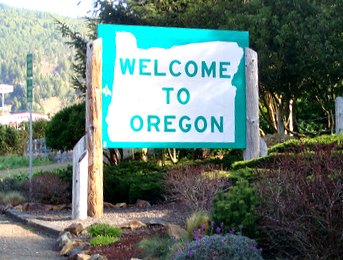Looks like the page address has changed. Let's get you to the right place.
 Please visit our home page at www.oregon.gov/energy or our blog at energyinfo.oregon.gov.
Please visit our home page at www.oregon.gov/energy or our blog at energyinfo.oregon.gov.
Some of our most popular pages are:
We also have information about proposed and existing Oregon energy facilities: